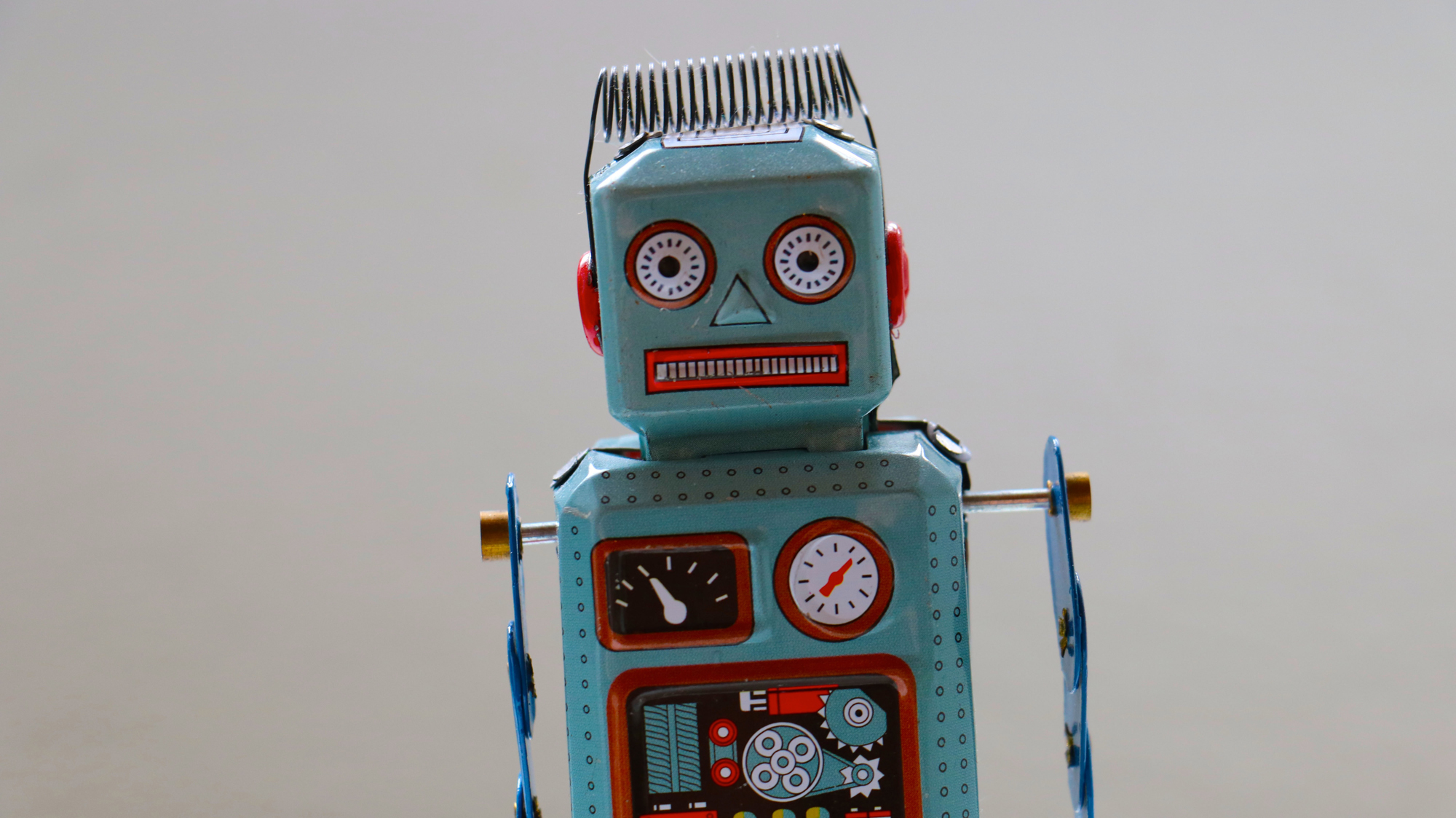
Robotic and automated systems are quickly becoming commonplace in warehouses and public spaces. With robotic firms like Boston Dynamics pushing out new systems and proof of concepts on a regular basis. most industries are set for disruption.
In a PwC report that studied over 200,000 jobs in 29 countries, the consultancy found that 44 percent of workers with low levels of education risked losing their jobs to automation by the mid-2030s. That PwC report found that “autonomous vehicles and other machines [will] replace many manual tasks.”
Here is five robots coming to a logistics job near you.
1: Boston Dynamics Warehouse Automation
Robotics firm Boston Dynamics today released a proof of concept demonstration of an automated warehouse product picking and transport logistics system.
Using its ‘Handle’ robot Boston Dynamics teamed up with autonomous mobile robotic firm OTTO Motors to show how two robots can work in tandem to automate manual warehouse processes.
Boston Dynamics VP of Product Engineering Kevin Blankespoor commented: “To meet the rates that our customers expect, we’re continuing to expand Handle’s capabilities and optimizing its interactions with other robots like the OTTO 1500 for warehouse applications.”
Last year Boston Dynamics released Spot a 25kg multipurpose dog-like robot for industrial environments.
2: NextAge
Kawada Robotics is Japanese company that specialises in the development and production of humanoid robots that can work beside human colleagues on production lines. Headquartered in Tokyo the firm was founded in 2013.
Its most cutting edge product is the Kawada Nextage which uses two cameras in a mounted head to track production lines while engaging with items via two arms fitted with grippers.
Each arm has six axis and can pick up 3kg. An axis in its waist allows it to make 180 degree turns. The robot’s ability to handle tools with high precision makes it an ideal fit for production lines with repetitive but precise tasks.
3: Aethon
In slightly different vein to the previous examples, the Aethon TUG is a programmable payload carry robot which has primarily been designed with on-site hospital delivery in mind.
The delivery platform was created by Pittsburgh-based automated logistics firm Aethon which was founded in 2001.
Several version of its TUG system exist such as the TUG T3XL which can carry a max load of 645kg in carts that are 122cm long. For navigation and obstacle avoidance the robot uses real-time multi-LIDAR in conjunction with sonar and infrared sensors.
4: Amazon Robots
It would be remiss of us to exclude one of the most discussed warehouse robots of our time, the Amazon fulfillment centre robot. Currently Amazon operates 175 fulfillment centers worldwide. In many of them robots and humans work side by side sorting and packing products for delivery.
The robots that Amazon use in its centres were first designed by Massachusetts startup Kiva, which was acquired by Amazon for £590 ($755) million in 2012 and then subsequently named Amazon Robotics.
5: Knapp
Knapp was founded in 1952 in Austria. Originally it built lifting systems and belt conveyors, now the firm produces warehouse auto pickers with a keen focus on the pharmaceutical supply chain.
Knapp’s robotic offering is currently used by more than 3.6 million customers worldwide. In 2015 they operated in 35 locations across the globe and employed more than 3,000 workers who help to develop its 1,700 systems.
Is Innovation Causing Jobs Losses?
What will the impact be on the labour market?
Robert D. Atkinson And John Wu of the Information Technology & Innovation Foundation say thus far, the impact has been low.
They note that: “Levels of occupational churn in the United States are now at historic lows. The levels of churn in the last 20 years—a period of the dot-com crash, the financial crisis of 2007 to 2008, the subsequent Great Recession, and the emergence of new technologies that are purported to be more powerfully disruptive than anything in the past —have been just 38 percent of the levels from 1950 to 2000, and 42 percent of the levels from 1850 to 2000.”
With the cost of components dropping however, and the software driving such systems growing more sophisticated, automation will be coming – sooner or later – to a warehouse near you.






